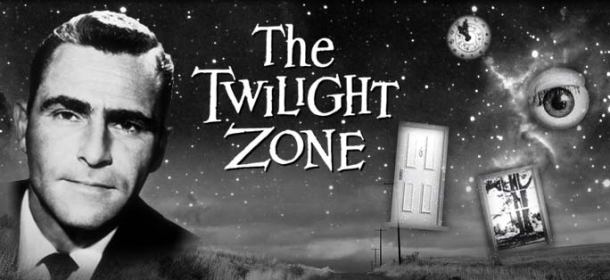In science fiction, the story sometimes takes place on a world or galaxy we don’t know. Other times, it takes place on our world (or includes our world), but it’s set in the future and the rules have changed. Either way though, the building of the world for a good science fiction story is key.
To create a world or galaxy from scratch, like George Lucas did with Star Wars, is pretty amazing. I remember when Episode I came out, and I got one of those picture encyclopedia things about the movie. I was fascinated to learn that Amidala’s hairstyle, clothing, makeup, all stood for something in her culture. It wasn’t just random, but there was this whole other story behind what she wore and the rituals she performed. I didn’t know it yet, but I was intrigued by world building.
 Some stories that use our world also create new worlds and alien species, such as Star Trek, Babylon 5, and Ender’s Game. Sometimes they choose to focus on one other species, like Ender’s Game, and in this case, they are viewed as an enemy. In Babylon 5, there are more species, and a handful of them are ones Earth has made peace with, though unfortunately there was war before peace when it came to some, and still quarrels within the alliance they have formed. And then with Star Trek the number of species out there seems as infinite as the galaxy, from the Klingons to the Vulcans to the Cardassians to the Breen to the Xindi, some who are friends, some who are foes, some who have played as both.
Some stories that use our world also create new worlds and alien species, such as Star Trek, Babylon 5, and Ender’s Game. Sometimes they choose to focus on one other species, like Ender’s Game, and in this case, they are viewed as an enemy. In Babylon 5, there are more species, and a handful of them are ones Earth has made peace with, though unfortunately there was war before peace when it came to some, and still quarrels within the alliance they have formed. And then with Star Trek the number of species out there seems as infinite as the galaxy, from the Klingons to the Vulcans to the Cardassians to the Breen to the Xindi, some who are friends, some who are foes, some who have played as both.

But there’s more to the world building than the aliens, of course. They create Earth histories that gap the period of time between now and then, and these gaps always seem to include wars. World War III is a common one to be seen, but there’s also wars between us and aliens, and then one that I find particularly fascinating in the Star Trek universe: the Eugenics War. Which if you think you know about Khan from Into Darkness, check out The Original Series’ episode “Space Seed” and the movie Star Trek II: The Wrath of Khan to learn more about his past and his involvement with said war.
 Then there are the stories that feel closer to our time and that take place on Earth, but society has changed. The Island and Gattaca are two great movies (that will be discussed in more detail in a future post) that answer “what if” questions. Fringe focuses on strange things happening in our current world, and leads both the characters on the show and us to believe that there could be a lot more to what’s possible in our world than what we think of on the surface.
Then there are the stories that feel closer to our time and that take place on Earth, but society has changed. The Island and Gattaca are two great movies (that will be discussed in more detail in a future post) that answer “what if” questions. Fringe focuses on strange things happening in our current world, and leads both the characters on the show and us to believe that there could be a lot more to what’s possible in our world than what we think of on the surface.

Then there’s Firefly, which doesn’t focus on aliens but humans, but they travel in space and have been spread across the galaxy, and war has separated people to either side with the Alliance or with the Browncoats. The story has a Wild West in space feel to it and Chinese and American cultures, as the only superpowers left, have blended, which also adds an interesting element to the world of the show.
 Another great thing about science fiction is the technology. It can play a significant role in the world of the story, and even influence the technology of our world Who doesn’t want a lightsaber or wish they could just teleport to their destination? Star Trek, and I’m sure other science fiction stories as well, have actually influenced our progression of technology, which I think is awesome.
Another great thing about science fiction is the technology. It can play a significant role in the world of the story, and even influence the technology of our world Who doesn’t want a lightsaber or wish they could just teleport to their destination? Star Trek, and I’m sure other science fiction stories as well, have actually influenced our progression of technology, which I think is awesome.
 But I feel all this barely scratches the surface on world building elements, as well as the great worlds seen, in science fiction stories. So I ask you: What science fiction story’s world building has captured your attention the most? What elements of world building in science fiction do you particularly enjoy seeing?
But I feel all this barely scratches the surface on world building elements, as well as the great worlds seen, in science fiction stories. So I ask you: What science fiction story’s world building has captured your attention the most? What elements of world building in science fiction do you particularly enjoy seeing?



























